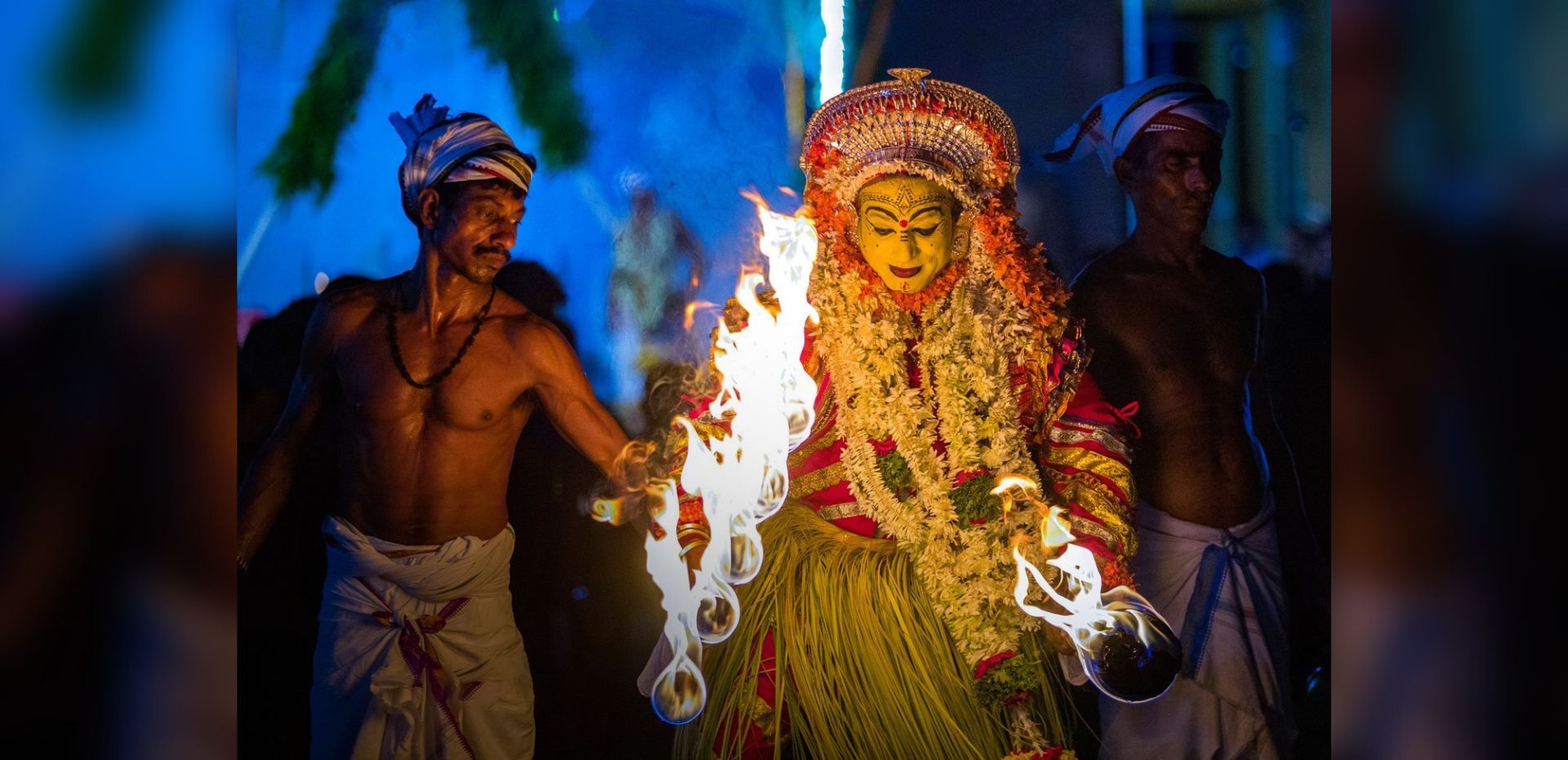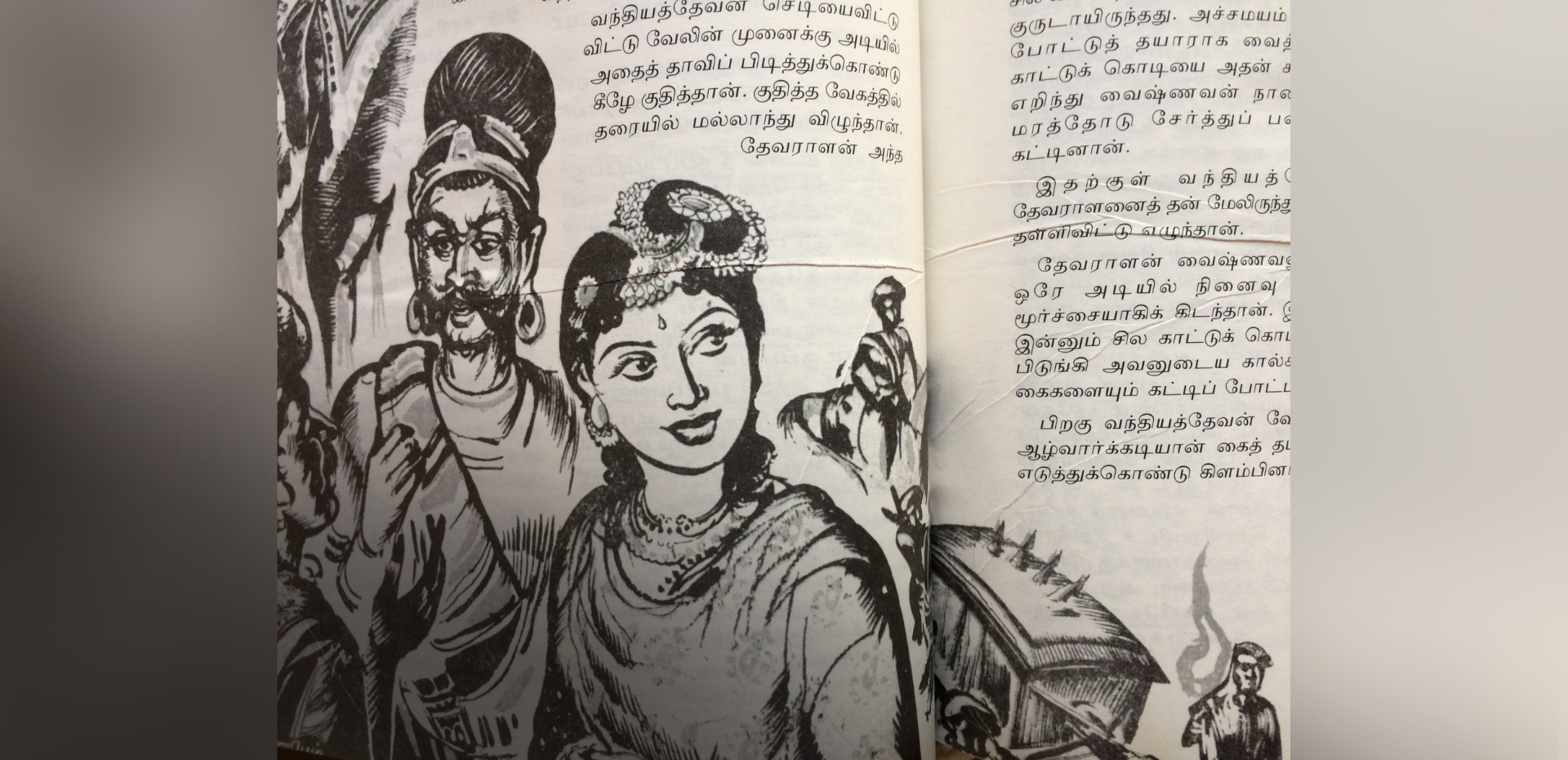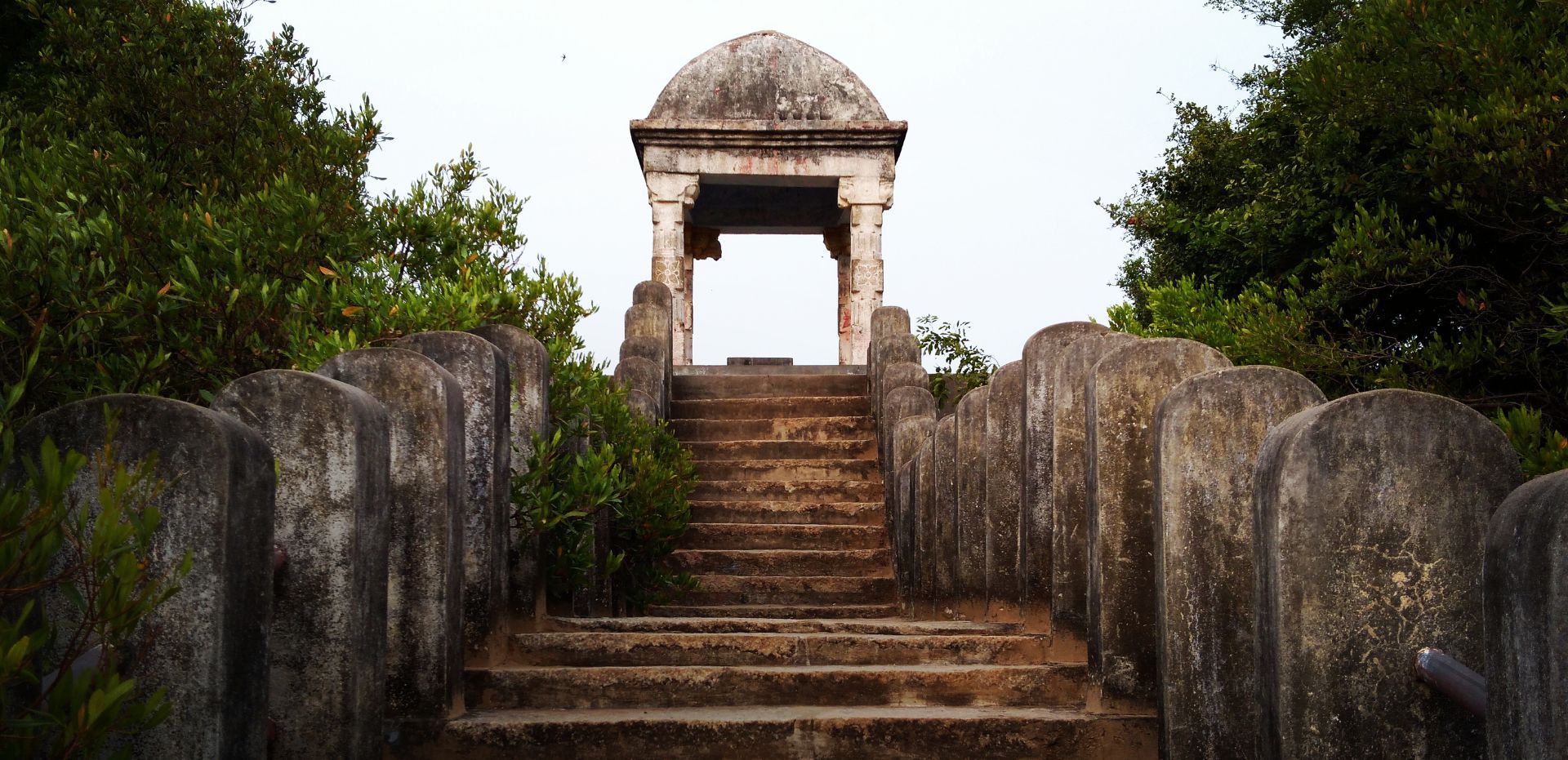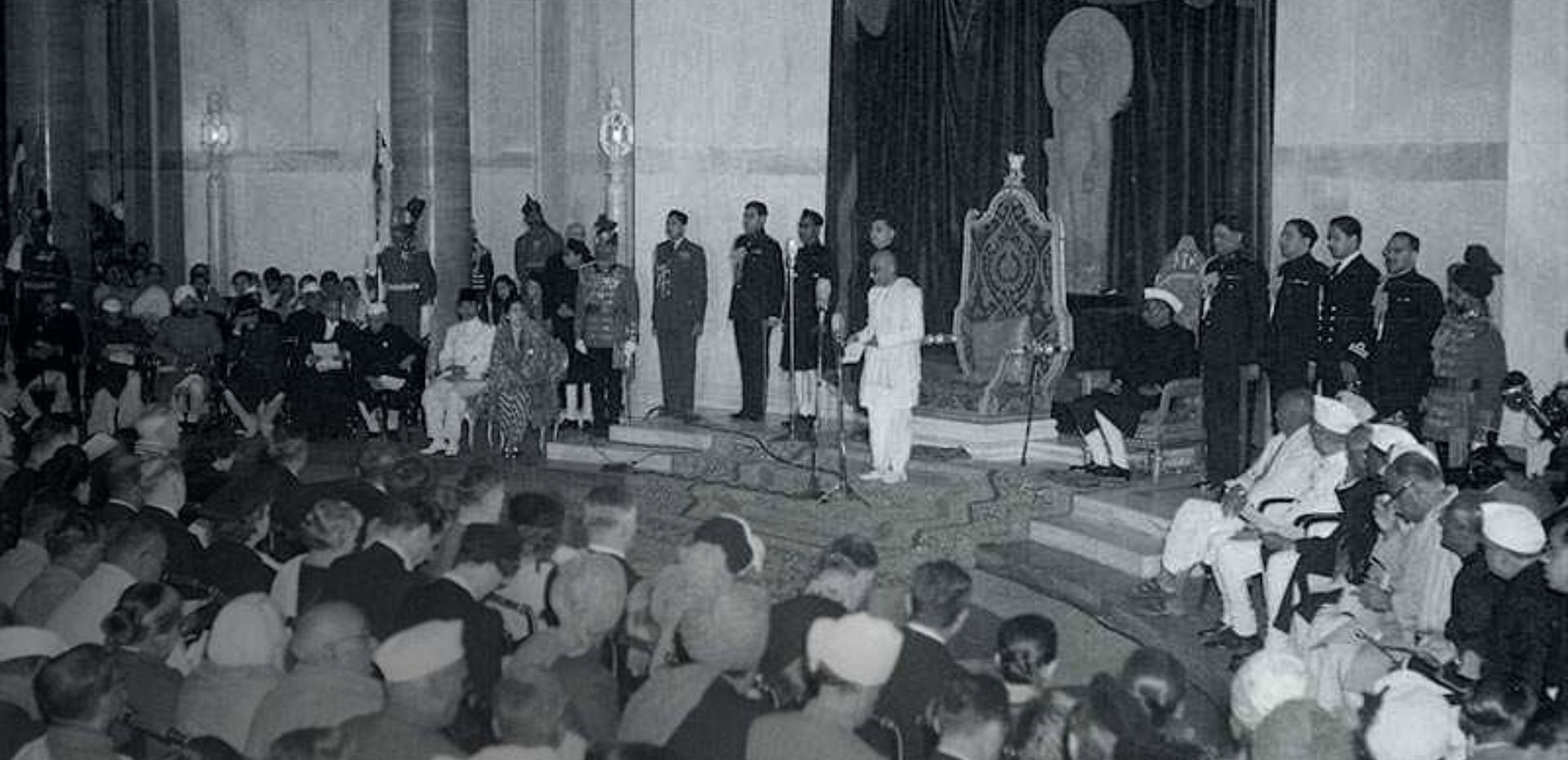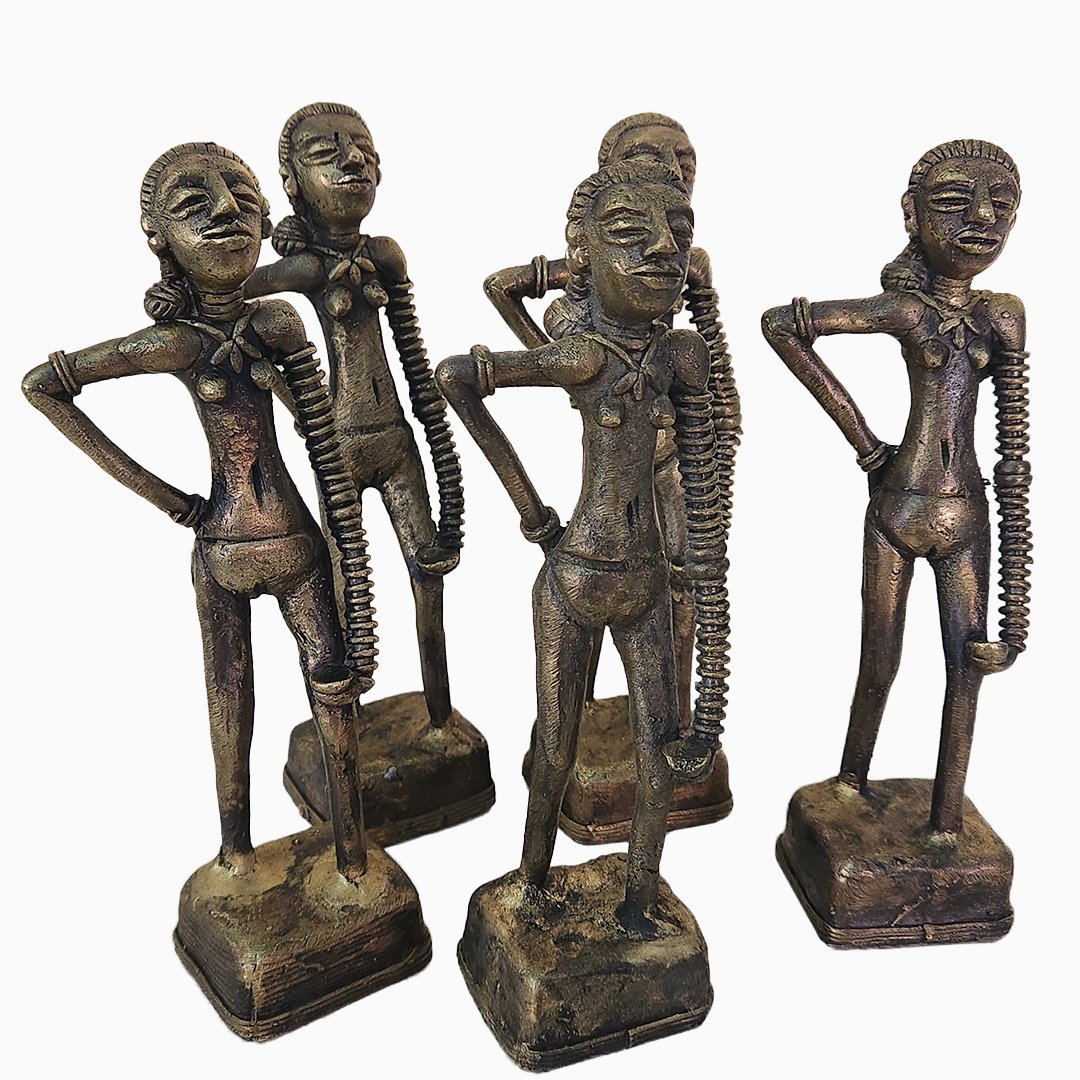Ancient India’s Links to Today
BOOKMARK
You may not have heard of Shu-ilishu but he is a man of great significance. He reaches out to us from almost 4,300 years ago, through a small Akkadian cylinder seal now housed at the Louvre Museum in Paris. On the seal, you will find an image of him talking to two men. The inscription describes Shu-ilishu as the interpreter of the Meluhhan language. ‘Meluha’ was, in all probability, the term used by ancient Mesopotamians for the Indus Valley region, and the presence of an official ‘interpreter’ there indicates just how important the steady flow of goods from the Indian subcontinent was.
Precious and vibrant lapis lazuli stones, carnelian beads, wood and even dogs would go across via old trade routes and ports like Lothal (in modern-day Gujarat) to Akkad, capital of the Akkadian Empire (3rd millennium BCE) and now in modern-day Iraq. There are also references to a settlement of Meluhhans in the city of Guabba in Sumer, in Mesopotamia.
The story of Shu-ilishu and how this trade network that connected India and West Asia continued for thousands of years, are just some of the gems we came across as we wound our way through our series on Indian History. Driven by curiosity and an endeavour to fill the large gaps in our understanding of India’s history, we started by asking some basic questions: When did ‘civilisation’ as we know it start in the Indian subcontinent? What was happening in the far corners of India as the great cities of the Indus Valley Civilisation thrived? Why did all Bronze Age Civilisations collapse around the same time in the world? What are the links and parallels between the history of India and the world? How did wealth, ambition and faith drive the rise and fall of empires on this subcontinent? And what has decades of research into these questions thrown up?
The questions were tantalising and the list was long but, thankfully, as we crisscrossed through the subcontinent, going back more than 10,000 years, we found a treasure trove of old accounts, reports from far-flung archaeological excavations, cutting-edge scientific analyses, and reams of historic research, all of which helped fill in the gaps. They also helped bust old myths and offered fresh perspectives while also opening up some new, fascinating chapters in the subcontinent’s history.
Now, as we pause after the first leg of our journey of the first 10,000 years – from the ‘dawn of civilisation’ at Mehrgarh at the foot of the Bolan Pass, to the waves of Shaka, Pahlava and Kushana invasions that swept through North India around the turn of the Common Era – it is important to look at the past and see whether it tells us something about how we have been shaped. What are the common threads, if any, in the narrative of India’s early history? How did the formative epochs shape us? And, finally, what accounts for the continued biases that we encounter so often while talking about Indian history?
Geography – A Tight Embrace
Around 120 million years ago, a mass of land that had once been attached to Africa broke off to make a long and arduous journey north. Sailing over an unstable earth and sliding across violent volcanoes, it first split up and then moved upwards, to collide with the Asian landmass. The collision threw up a wall of mountains, the highest in the world, swallowed up parts of the sea and created the Indian subcontinent.
The history of the Indian subcontinent stretches far back in time, and while the earliest settlements of modern-day humans either in India or the world seem to have been recent occurrences in comparison (the first agricultural societies emerged between 10,000 and 8,000 BCE), ‘India’ had already made history, and the collision had set the stage for things to come – by shaping its geography.
The first of the great common threads in Indian history is the role of its geography. It has been said that history without geography is like a photo without a frame. In India’s case, geography not only provided the frame, it also shaped its identity.
The layers of the high Himalayas in the North and the seas on three sides in the South ensured that the subcontinent had a natural casing difficult to penetrate yet not impossible to navigate. If the lofty Himalayas acted as a barrier, they also allowed a constant trickle of people and ideas through its passes, whether the Bolan Pass in Balochistan or the Khyber Pass along the Hindu Kush mountains further North. On the other end, the lower reaches of the Himalayas bordering Myanmar in the East acted as a cultural corridor between the North-Eastern states and South-East Asia, for millennia. They were also responsible for the great rivers, fed by the perennial snows of the Himalayas that formed the watershed in which civilisation could take root.
In the South, the sea on three sides offered its own veil of protection, but channels were also opened for boats to go across. Close ties were thus forged among the people on the east coast with South-East Asia and Sri Lanka, and in the West with Africa and the Arab world. These linkages, which went far back to the time of Shu-ilishu, had a far-reaching impact on the Indian Ocean World. As Marine Archaeologist V Selvakumar from the Tamil University, Thanjavur, told us, “We shouldn’t look at history keeping in mind present-day boundaries. That restricts our minds. We should look at the entire region of Asia. In fact, we should see it from Japan to Africa. It was all one land.”
The very name ‘India’ comes from the ‘Sindhu’, the name by which the Indus River was known in early history. The land beyond it was said to be magical. Great rivers like the Indus and the Ganga flowing down the Himalayas created some of the most fertile alluvial plains in the world. These provided the lifeblood for great cities to emerge. The Indus Valley city of Mohenjodaro rose at the centre of the land between the Indus and the once-flowing Ghaggar-Hakra. Harappa was on the banks of the Indus’s tributary, the Ravi.
The settlements of the Early Vedic period hugged the Sapta Sindhu too, while the cities of the later Vedic period like Kaushambi and Varanasi hugged the Yamuna and Ganga, as did great capitals like Thanjavur and Madurai in the South, which rose on the banks of the Kaveri and the Vaigai.
The land the rivers fed was so rich that multiple crops could be sown each year along this vast stretch and the rivers ensured easy transportation through it. This, over time, led to the rise of trading cities that morphed into great centres of culture and learning, from Mohenjodaro in 2500 BCE to Varanasi in 800 BCE. There were more people coming to these cities than going out. In fact, Varanasi, the great city of death, had its roots as a small trading hub at the confluence of two rivers, 3,000 years ago. It still sees millions converge there today.
If the land shaped the people, violent ecological changes that created fractures in it also destroyed entire cities. For instance, around 2000 BCE, massive tectonic movements in the Yamuna divide in the Himalayas caused the Sutlej and Yamuna rivers to change their course. They were both originally feeders of the Saraswati (Ghaggar-Hakra) but the Yamuna turned east towards the Ganga and the Sutlej west to join the Indus. Bereft of its two perennial sources, major Harappan cities like Kalibangan, Ganweriwala and Tarkhanewala Dhera on the Saraswati were abandoned.
Interestingly, all Bronze Age civilisations faced similar disasters. They seem to have collapsed around the same time. Scientists attribute this to global climatic changes and the appearance of a ‘Little Ice Age’.
Geography also shaped the landscape. Both by creating the setting for the all-defining Indian monsoon, which still determines agriculture and the cycle of life across much of the subcontinent; and, second, by creating ‘sub zones’ based on smaller, localised climatic zones where the rains fell or didn’t.
Historian A L Basham, in his book The Wonder That Was India (1954), gives a philosophical twist to India’s tryst with its annual monsoon. He writes, “Her (India’s) total dependence on the Monsoons has helped to form the character of her people… Many other ancient civilisations such as those of the Greeks, Romans and Chinese had to contend with hard winters, which encouraged sturdiness and resource. India, on the other hand, was blessed with bounteous Nature… (which provided plenty) but in her terrible anger could not be appeased by any human effort. Hence it has been suggested,” he concludes that “the Indian character has tended to fat ...








